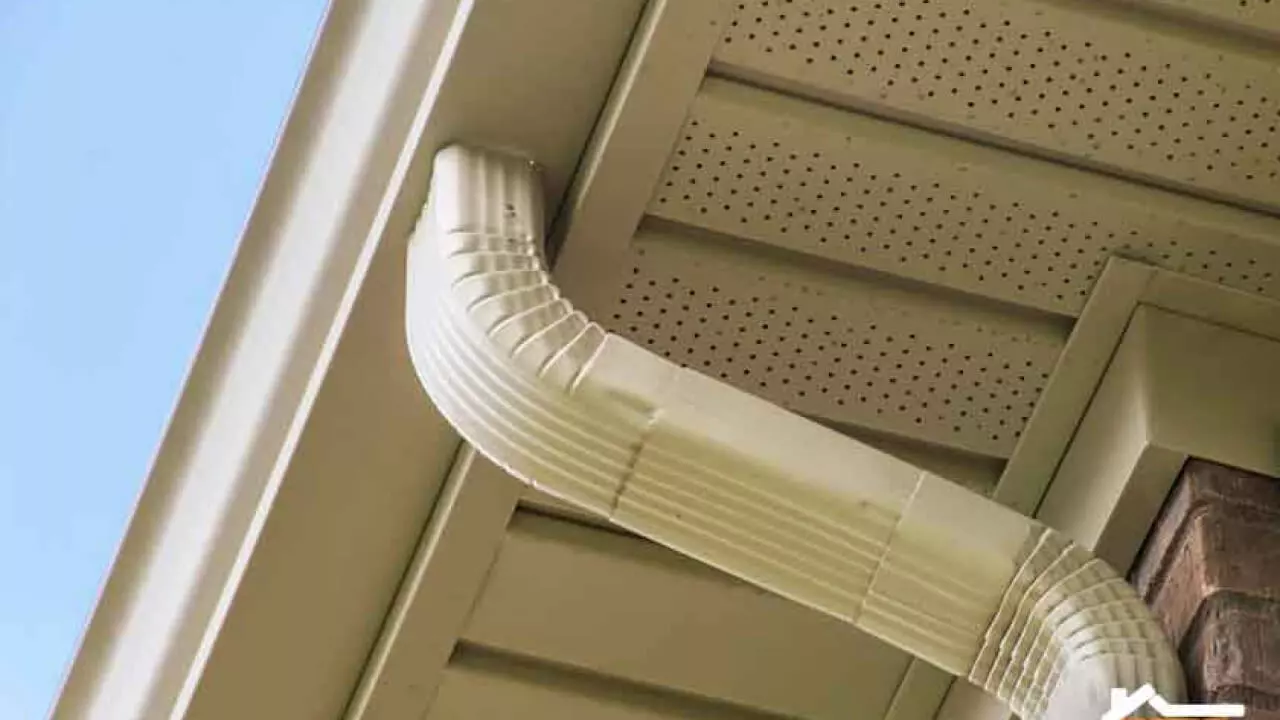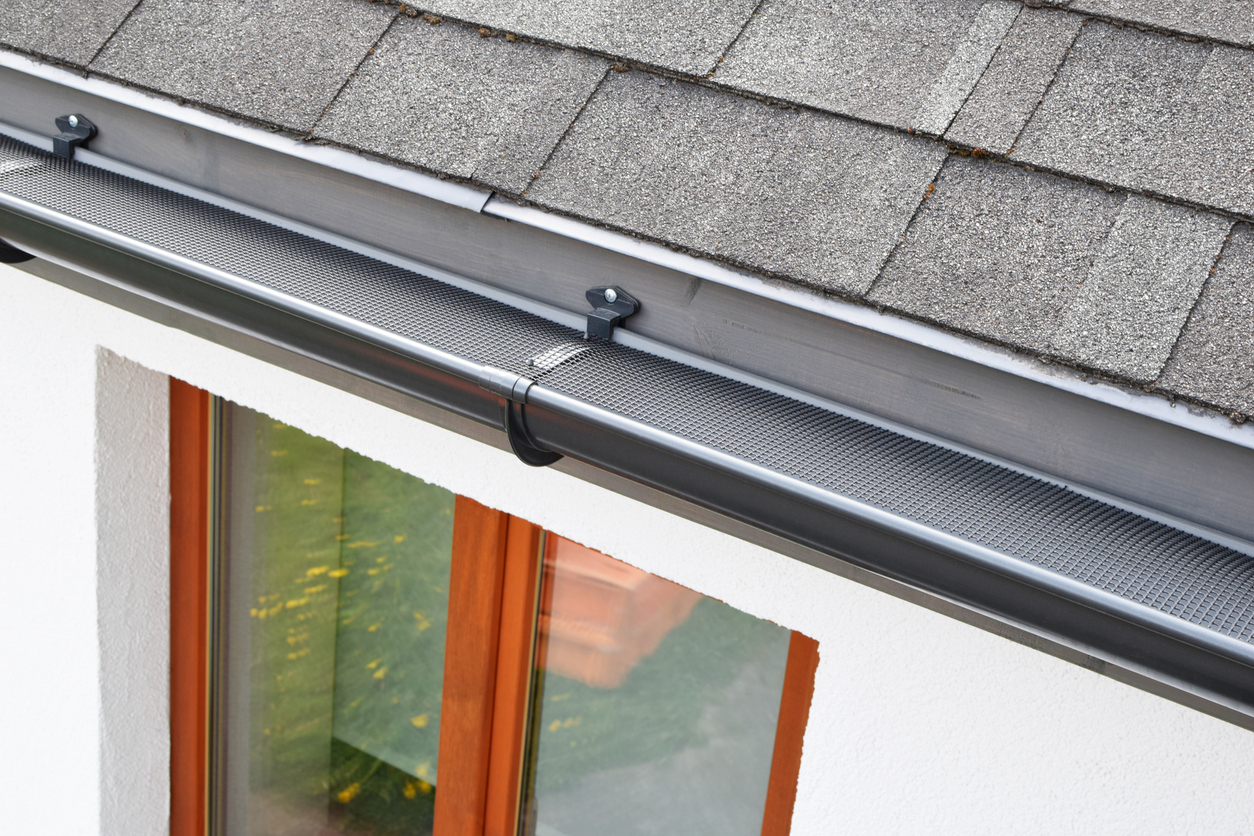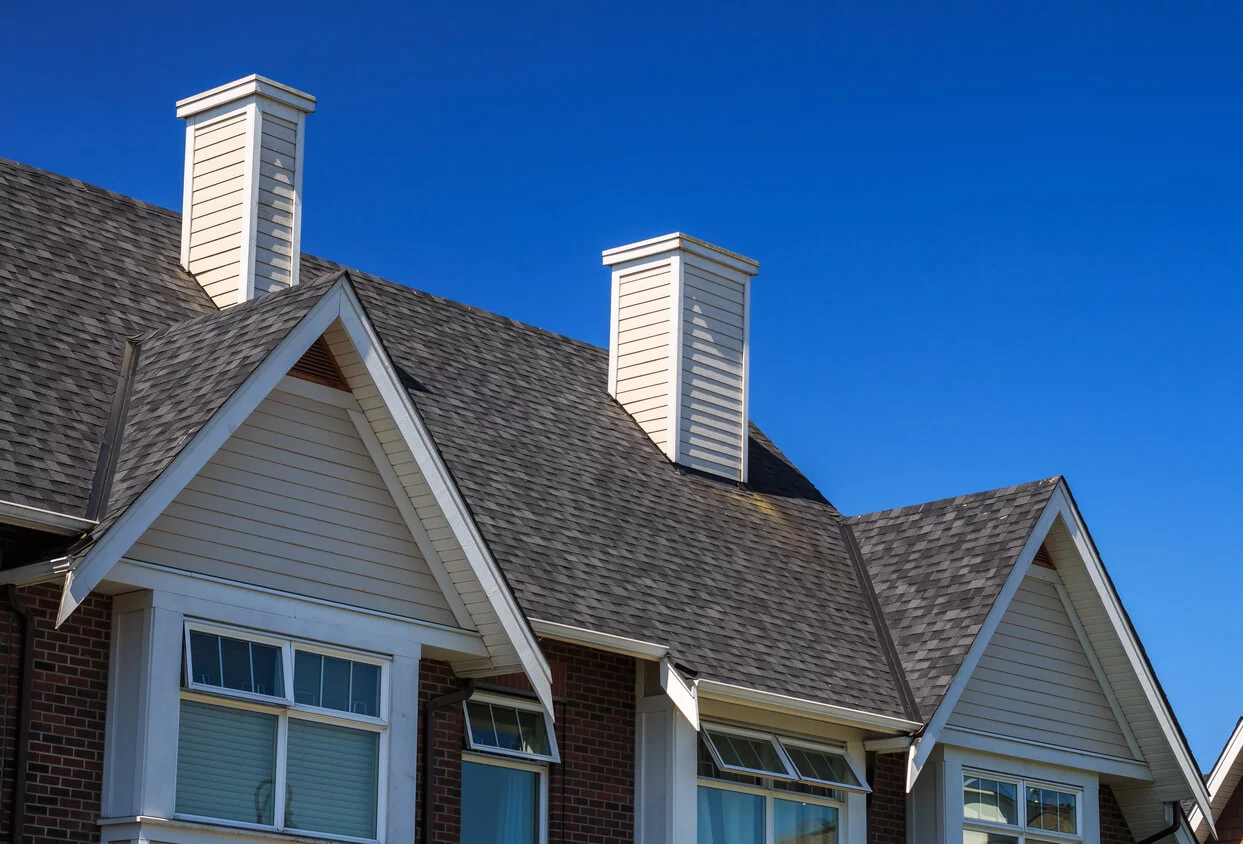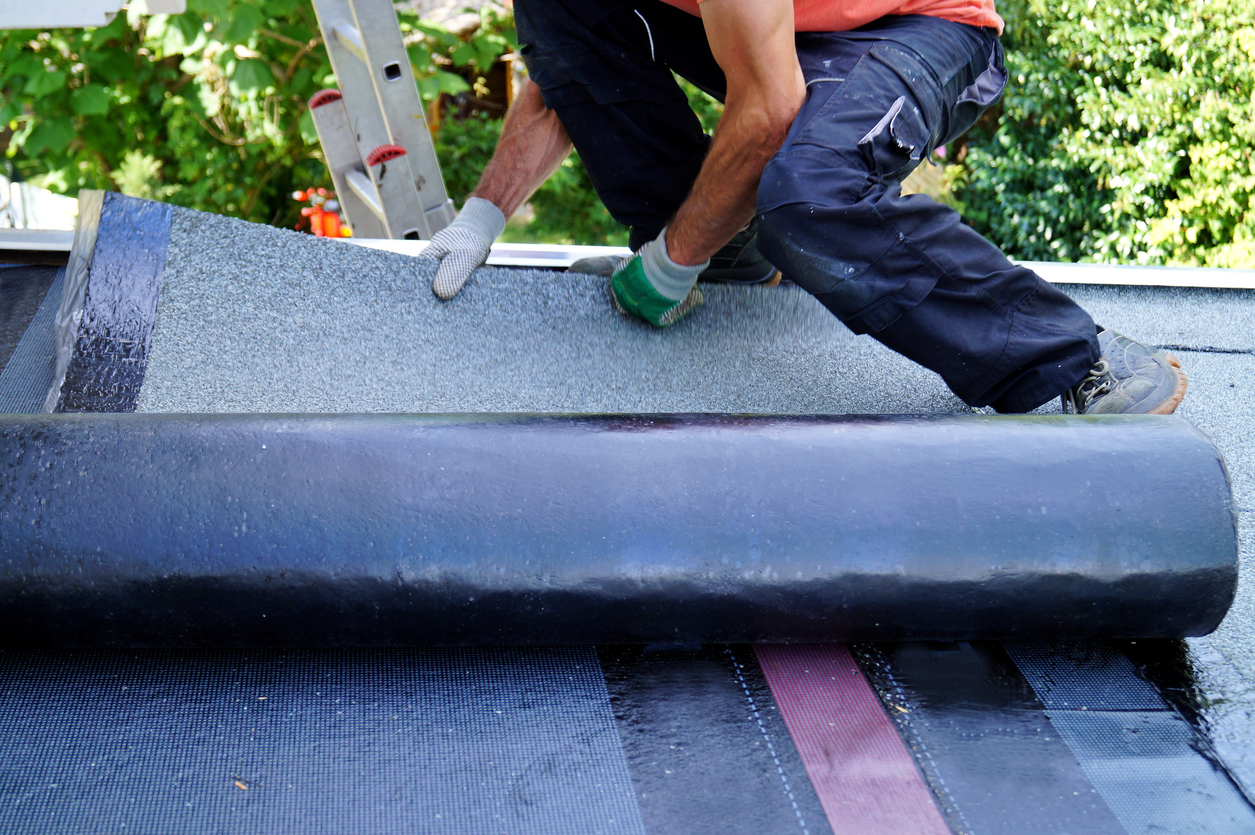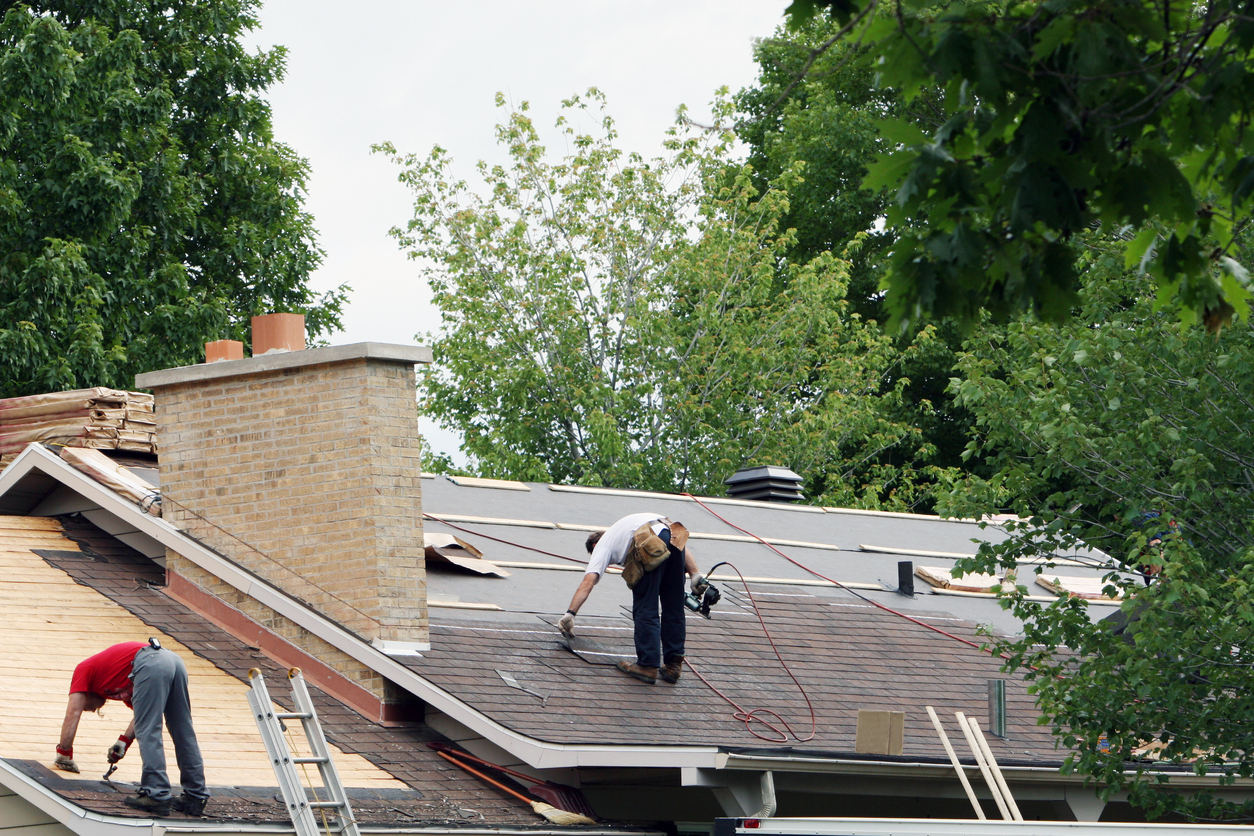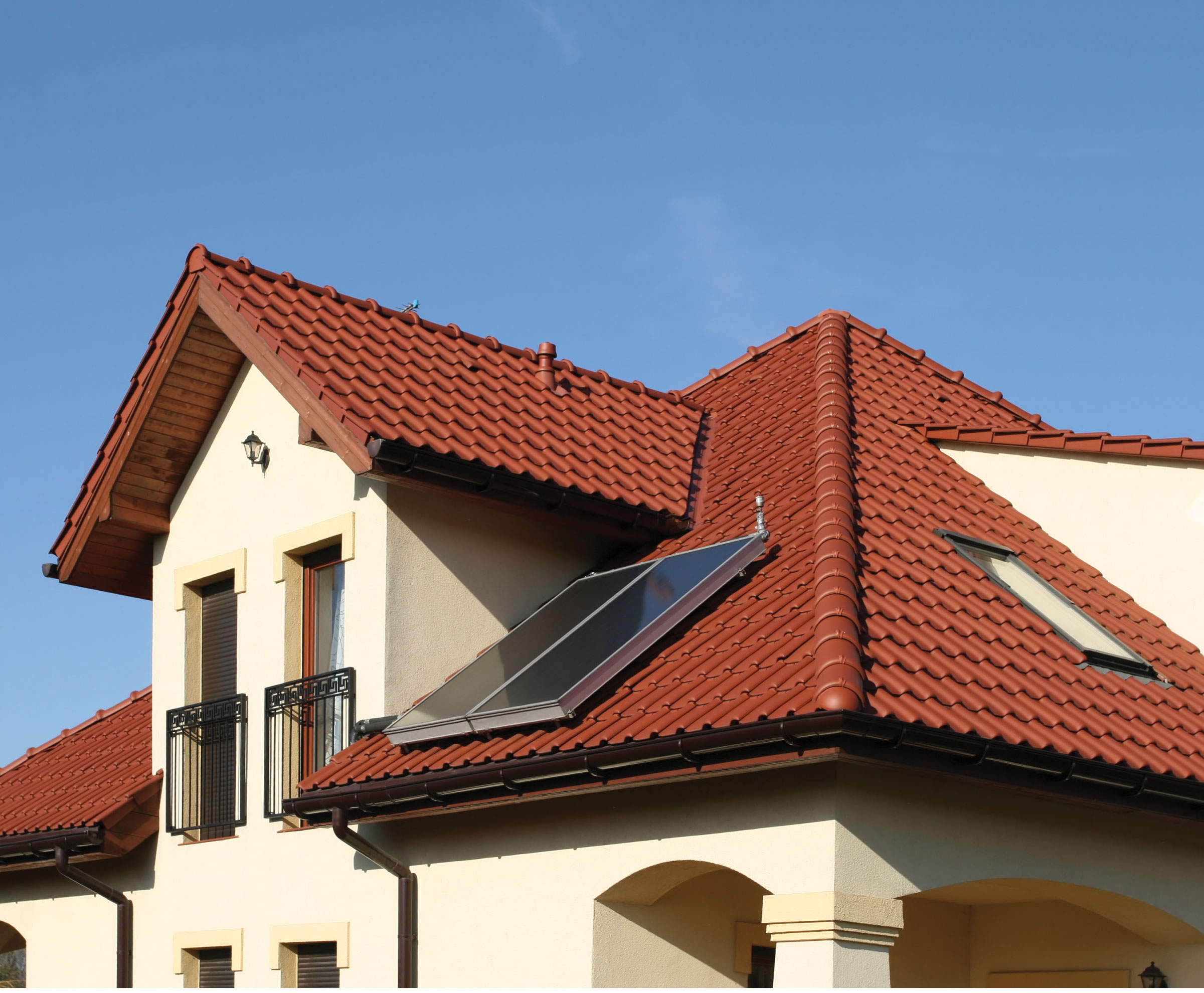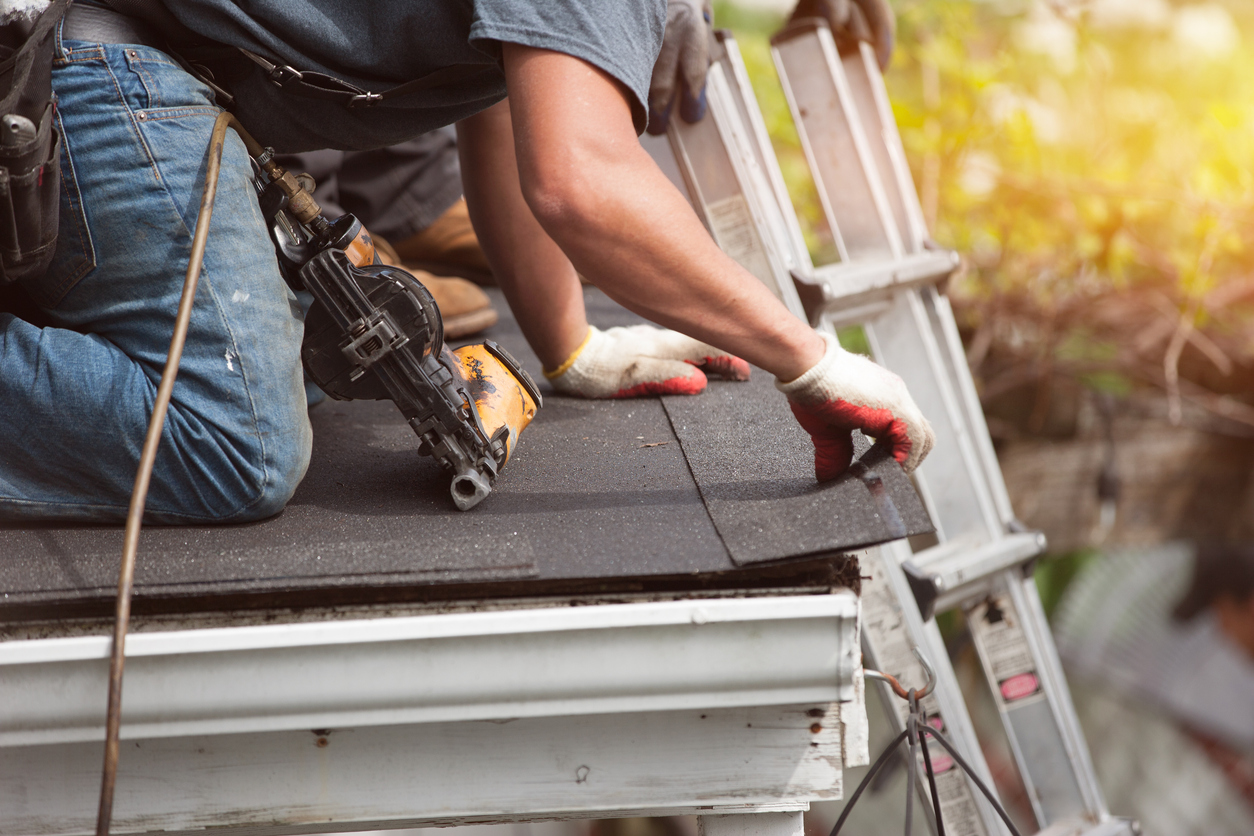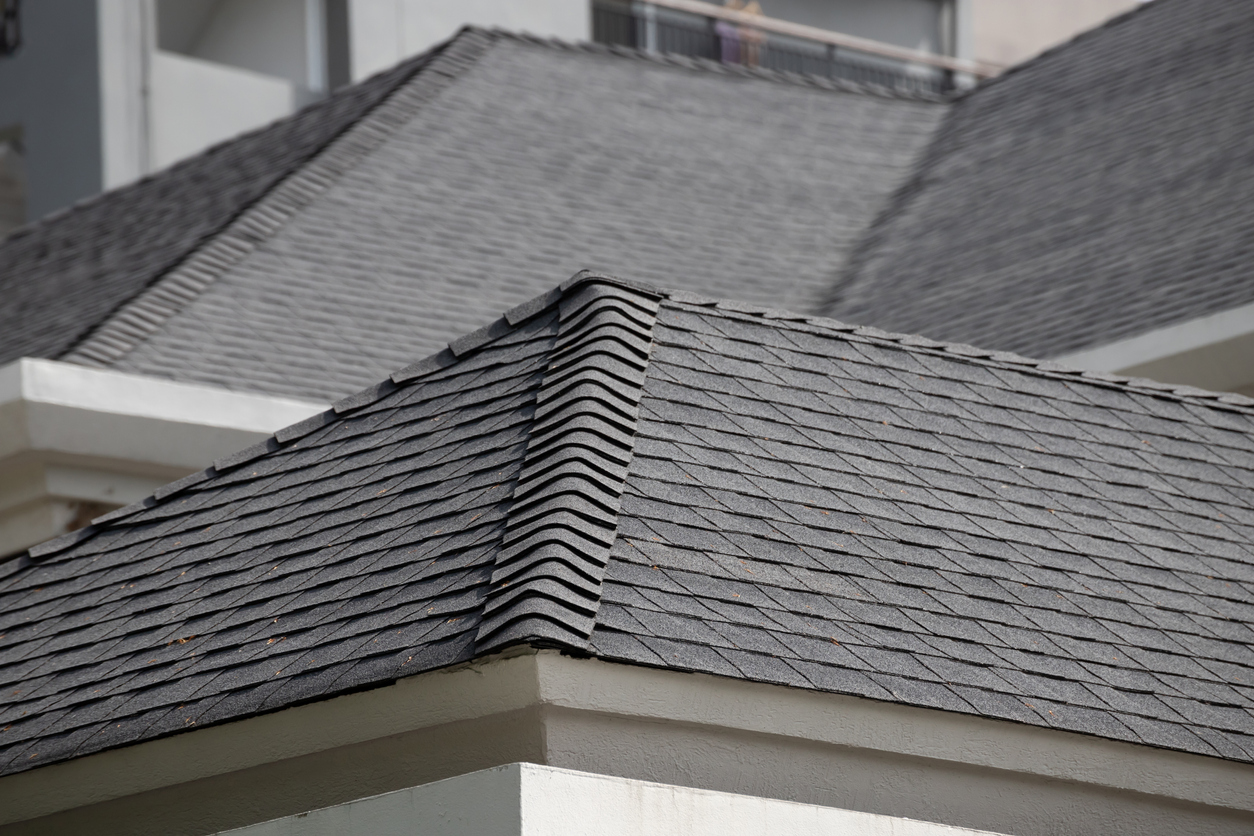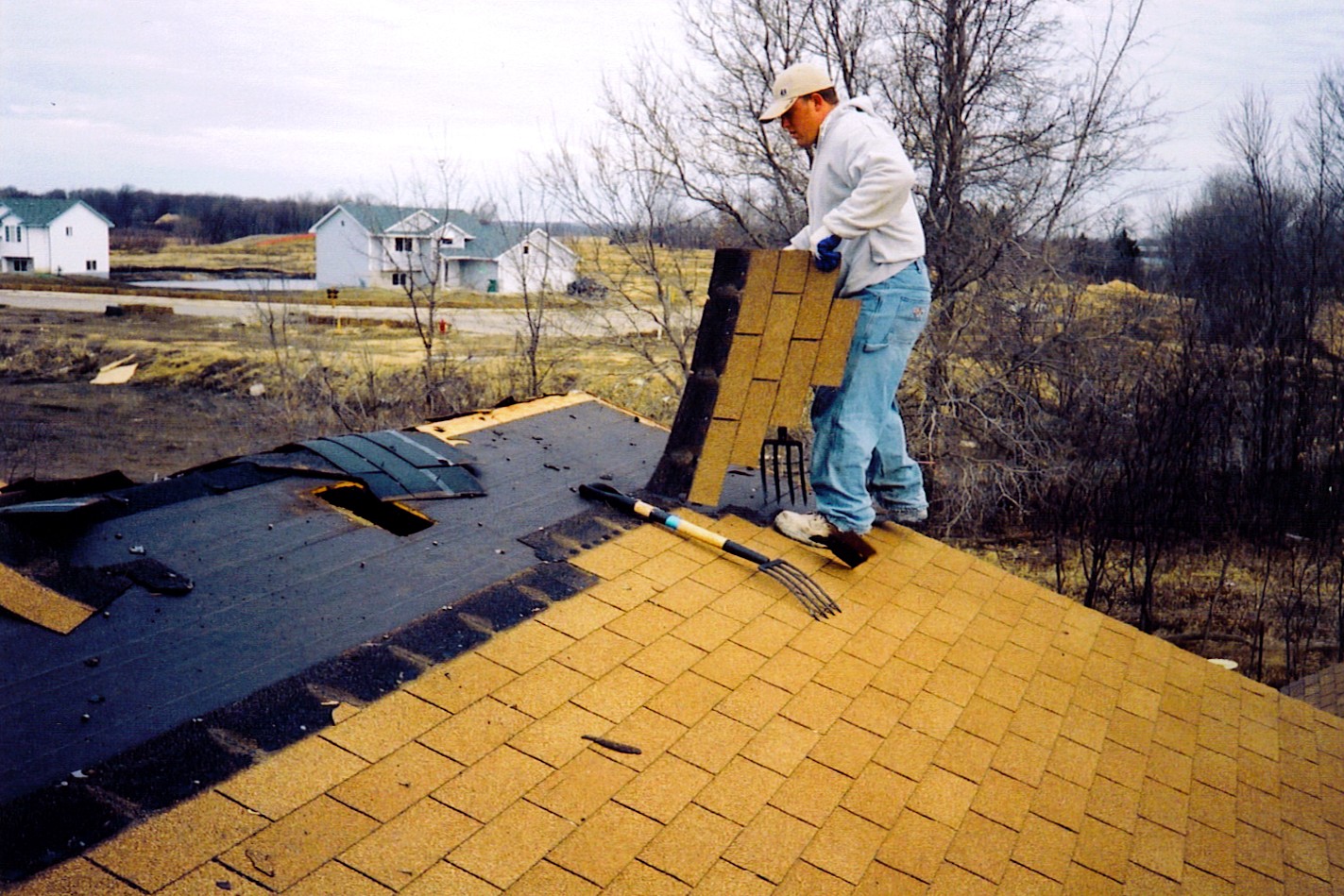Preventive maintenance serves to identify any changes in the basic roof components: structure, roof tiles, gutters and bumps. Thus, at the slightest sign of wear, you can look for roofing companies Toronto.
-
Periodically check roof structure
The roof structures can be manufactured from various materials. The most common are wood for residential works and metal for industrial works such as sheds. The type of structure varies according to the conditions of the building (size, fit, aggressiveness of the environment, among others).
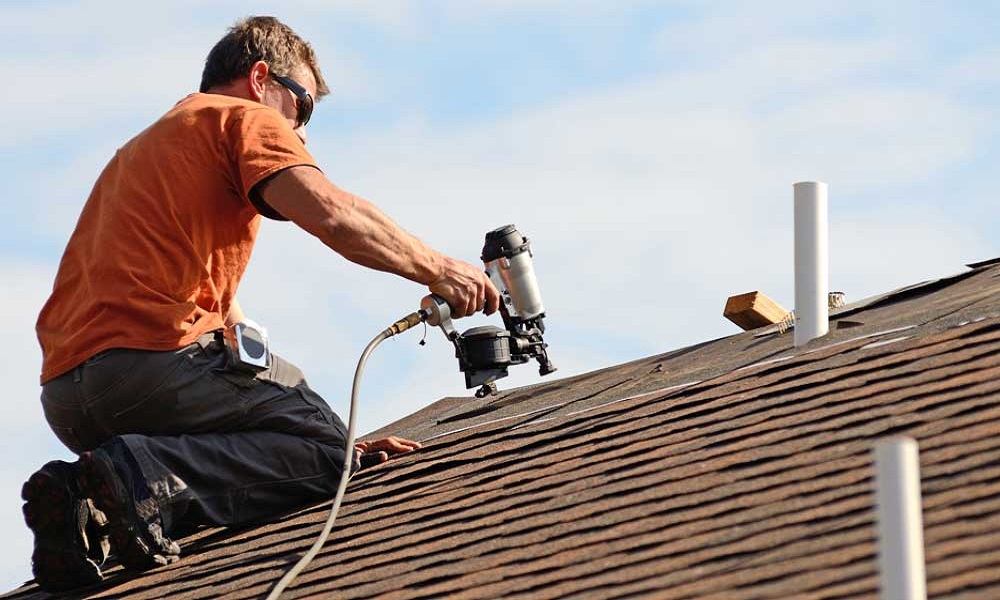
Whatever the conditions of the property, the ideal is not to build the structure leaving it directly exposed to weather. This is because wind, sun and excessive rain are some of the main causes of roof problems. Wood, for example, can rot with constant humidity and cause enormous damage.
-
Observe the waterproofing of the tiles
Because shingles are directly exposed to weather, they may be more likely to have problems.
The types of tile common market are ceramics, concrete, fiber cement (asbestos tile) and metal. The first three are more susceptible to damage as they absorb more moisture and are less resistant to mechanical shock.
Metal tiles, in turn, have greater durability. On the other hand, they suffer from thermal conduction, which impairs thermal comfort in the interior of the property. Whatever the material, the signs of defects are basically the same: leaks, slab stains and peeling paint.
-
See if gutters and blinks work perfectly
Gutters are responsible for draining rainwater, while the flashing seals between roof and masonry, forming a barrier to prevent seepage. Both are essential components to note in roof maintenance.
Gutters are often a problem after long periods without rain. Dirt accumulates and eventually clogs the drainage pipes. If water does not flow naturally through the gutter, it will surely accumulate in unsuitable locations, causing problems in the building or surrounding areas.

I am Scott Miller and my love is writing about home improvement. I write mostly about home ideas, but also share some tips and tricks that can make your life easier when it comes to getting things done in the house.
